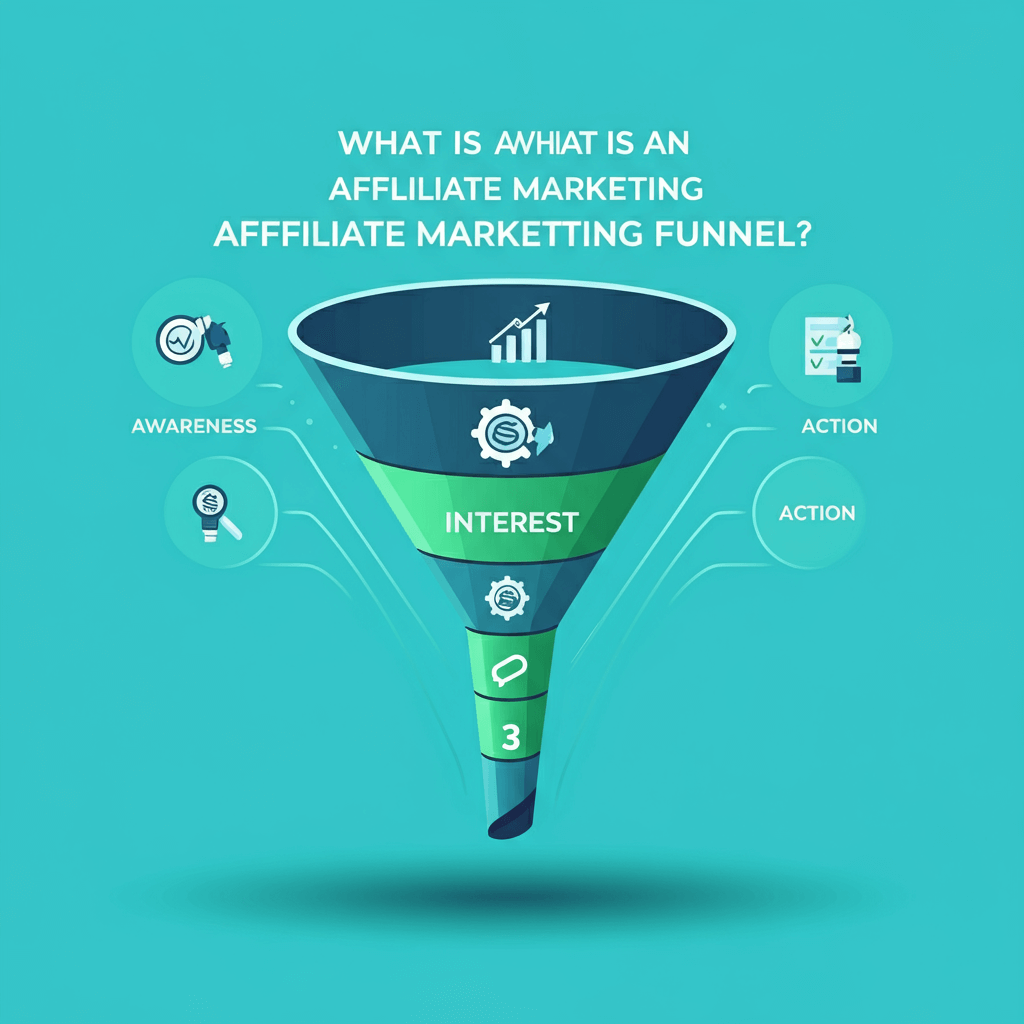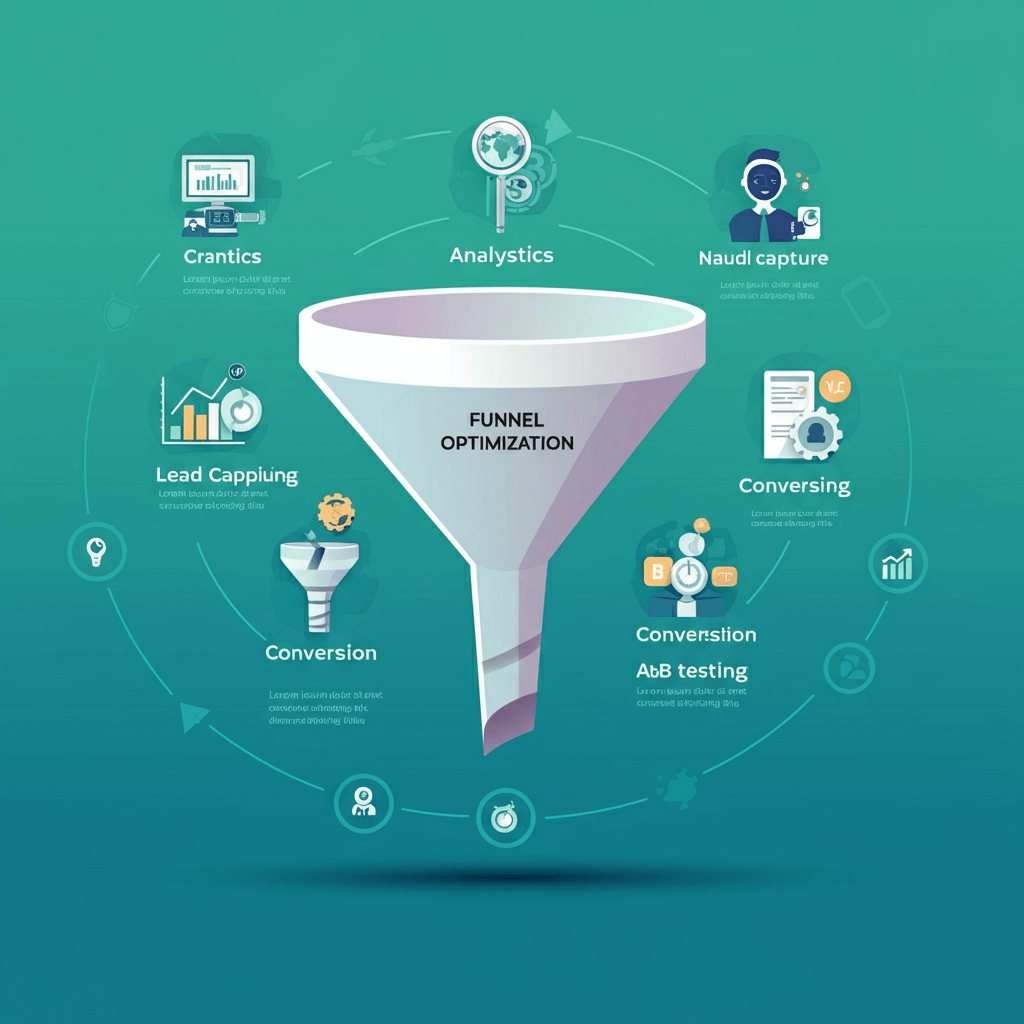In the competitive world of affiliate marketing, manual outreach and one-off promotions can only take you so far. The real power lies in creating a system that works autonomously, continuously guiding prospects from first encounter to final sale. In this comprehensive post, we’ll walk you step by step through designing, launching, and optimizing affiliate marketing funnels that generate passive income while you focus on scaling and fine-tuning your strategy.
Whether you’re a seasoned affiliate marketer looking to upgrade your tactics or a beginner eager to build a reliable income stream, these proven methods will help you deploy automated funnels that convert visitors into buyers on autopilot. Let’s dive in.
What Is an Affiliate Marketing Funnel?
An affiliate marketing funnel is a structured, multi-stage process designed to attract, nurture, and convert prospects into customers while you earn commission on promoted products or services. Unlike ad-hoc promotions, funnels guide users through a defined buyer journey—awareness, interest, decision, and action—using targeted content and automated touchpoints.
Key components include lead magnets or landing pages for capturing emails, email sequences to educate and build trust, and high-converting sales pages or product reviews. By automating these stages, you create a self-sustaining revenue engine that works around the clock.

Benefits of Automating Your Affiliate Marketing Funnels
Automated funnels deliver multiple advantages over manual promotions. First, they save time: once your sequence is set up, you no longer need to manually send emails or post new links. Second, they boost conversions through consistent follow-up, ensuring prospects receive timely, value-packed messages that address objections and reinforce benefits.
Third, automation scales effortlessly. You can drive traffic from various sources—paid ads, social media, SEO—and funnel all visitors into the same high-converting pipeline. Finally, you gain valuable analytics at each stage, allowing data-driven optimization to increase earnings and ROI.
Step-by-Step Guide to Building Your Automated Funnel

1. Identify Your Niche Audience and Offer
Begin by selecting a specific audience segment and a complementary affiliate offer that addresses their pain points. Research keywords, competitor funnels, and customer demographics to ensure strong demand and sufficient commission rates. Your landing page and funnel content should speak directly to this audience’s needs and goals.
2. Create a High-Converting Landing Page
Design a landing page with a compelling headline, clear value proposition, and a strong call-to-action (CTA) for your lead magnet—such as a free ebook, checklist, or video tutorial. Use persuasive copy, social proof, and minimal distractions to maximize opt-in rates. Integrate an email marketing service like ConvertKit or Mailchimp for seamless subscriber capture.
3. Develop an Engaging Email Sequence
Craft a sequence of 5–7 emails that nurture subscribers by delivering valuable content, case studies, and product insights. Start with an immediate welcome email, followed by educational lessons, pain-solution narratives, and soft pitches. Conclude with a strong sales email featuring your affiliate link and an enticing bonus or time-limited discount.
4. Integrate Tracking and Analytics
Deploy UTM tracking, Google Analytics goals, and your affiliate platform’s tracking pixels to monitor clicks, conversions, and revenue. Having clear visibility into each funnel stage enables you to identify drop-off points, test variations, and allocate budget to high-performing channels.
5. Launch Paid Traffic Campaigns
While you can drive traffic organically through SEO and social media, paid ads on platforms like Facebook, Google Ads, and Pinterest can accelerate funnel growth. Start with a modest budget, test audience segments, and optimize ad creatives based on click-through and conversion rates.
6. Optimize and Scale
Continuously A/B test headlines, CTAs, email subject lines, and page layouts. Use split-testing tools integrated in your funnel builder (e.g., ClickFunnels or Kartra) to compare versions. Scale budgets on winning campaigns and expand into new traffic sources, while pruning underperforming elements.
Recommended Tools and Platforms
- ClickFunnels or Kartra for funnel creation and split testing
- ConvertKit, ActiveCampaign, or Mailchimp for email automation
- Zapier for workflow integrations (e.g., form to CRM to email sequence)
- Google Analytics and UTM tags for in-depth performance tracking
- ThirstyAffiliates or Pretty Links for link cloaking and management
Best Practices for Funnel Optimization
- Keep forms short: only ask for name and email to reduce friction.
- Use social proof: testimonials, case studies, and performance stats.
- Maintain consistency: ensure ad copy, landing page, and email design match.
- Leverage scarcity: limited-time bonuses or spots to boost urgency.
- Review analytics weekly: focus on cost per acquisition and lifetime value.

Common Pitfalls to Avoid
- Overloading subscribers with heavy pitches early; build trust first.
- Neglecting mobile optimization; many users browse and convert on phones.
- Ignoring email engagement metrics; remove unresponsive contacts to preserve deliverability.
- Failing to refresh creative; stale ads and pages see declining performance.
Advanced Strategies and Case Study
Once your basic funnel is profitable, explore upsells, downsells, and cross-sells to increase average order value. Implement retargeting ads for subscribers who didn’t purchase. For example, a fitness affiliate ran a funnel offering a free meal plan, followed by a $49 supplement upsell, boosting revenue per lead from $10 to $32—a 220% increase.
Conclusion
Building and automating your affiliate marketing funnel is the key to unlocking sustainable, hands-off revenue. By following a structured approach—audience research, landing page creation, email sequencing, traffic generation, and ongoing optimization—you’ll establish a self-scaling system that drives commissions around the clock. Start small, test relentlessly, and scale what works. Your future income potential awaits.







